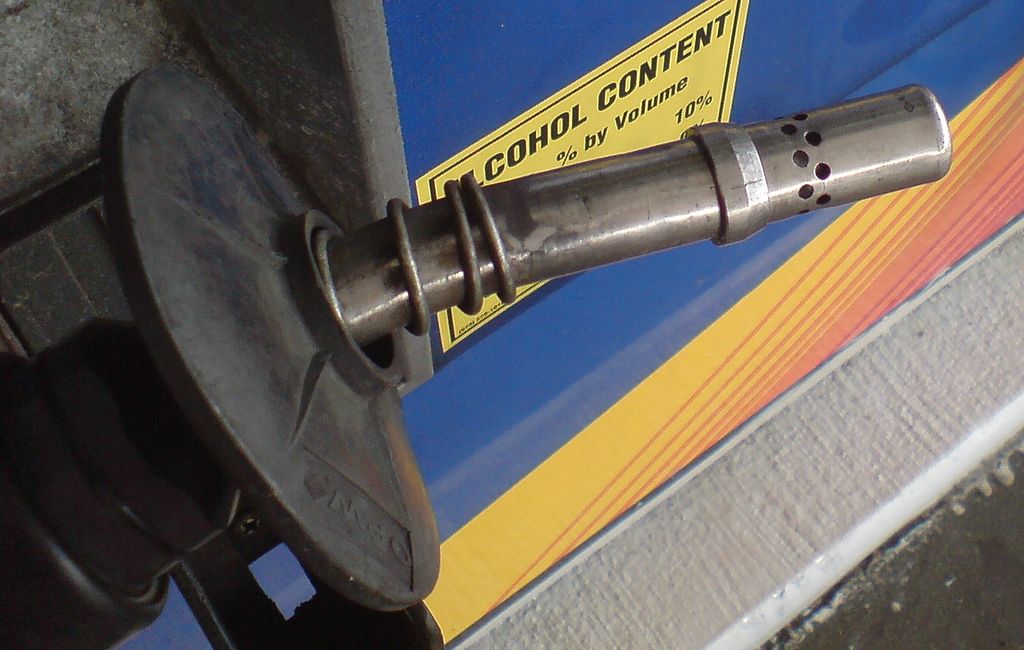
The American economy is in the worst shape most people have ever experienced. Instead of buying cars based on horsepower or size, many Americans are basing buying decisions on other factors related to cost of ownership. The most common of these may well be fuel expense. It's an easy item to notice because we fill our tanks so frequently.
Fuel expense rises and falls based on two factors. The first is the fuel economy of a vehicle. The second is the price of fuel. Drivers seek to control both, and the good news is, it's possible to manage both sides of the fuel expense coin.
The fuel economy of a vehicle can be managed in three ways. First and foremost a buyer can choose a vehicle with a high EPA-rated miles-per-gallon figure. When looking at traditional gasoline-powered cars, seven of the top ten, according to a US Government report, come from Honda and Toyota. Both have track records of reliability as well, so buyers get the added bonus of lower overall estimated cost of ownership.
If you prefer buying American, Ford and Lincoln also make appearances in the top ten list.
The list changes if we include electric vehicles and cars that plug in to recharge batteries. Honda and Toyota still make appearances, but they fall behind the American Ford Focus EV and Chevrolet Volt.
In either case a fuel-cost-conscious driver would do well with a vehicle from any of those manufacturers.
The second way to control fuel expense is by knowing where to find the best gas prices. The problem is that most people have better things to do than drive around burning gas just to figure out which filling stations locally have the best prices. That's where high-tech meets low-cost.
Applications can be found for both Android-OS and iPhone smartphones that track gas prices for you. A popular application called GasBuddy is one example. It's available for almost any modern smartphone and is surprisingly accurate. Drivers with modern cellphones can download the app and immediately know where to buy gas locally for the best prices.
No smartphone? No problem. Applications like that are available for your home computer. GasBuddy has a web site that provides the same service, as do sites like fuelmeup.com and gaspricewatch.com. The only substantial difference between these and the mobile applications is the need to check local prices before leaving home.
Third, you can control fuel costs by keeping a vehicle in top shape. Cars lose fuel economy for a number of reasons. An improperly tuned vehicle will consume more fuel than a properly tuned one. Cars that haven't had regular maintenance also tend to burn more gas than cars receiving scheduled maintenance. Underinflated tires cause cars to drive like they have marshmallows on the wheels, using more gas per mile.
Maintain your vehicle properly and you'll avoid all these problems. The easiest way to do that is to use a dealer shop. Dealer staffs are specially trained by manufacturers on how to maintain the vehicles sold there. They'll tend to have more experience dealing with their brand of vehicles than local generalist shops. It's like a specialty doctor - when you have chest pain, you go to a cardiologist, not just the regular doctor.
As a side note, speeding also reduces fuel economy. It just takes more energy to move a ton of steel 80 MPH than it does to move it 60 MPH. Think of speeding as making yourself slowly pay traffic fines every time you visit the gas pump. Drive at legal highways speeds and you'll pay less each year for gas - and be safer.
Sources
- http://www.fueleconomy.gov/feg/topten.jsp
- http://www.android.com/apps/
- http://www.apple.com/search/?q=gas§ion=downloads&geo=us
- http://gasbuddy.com/
Image credits:
Source: http://upload.wikimedia.org/wikipedia/commons/8/8c/Vapor_Recovery_Device.JPG
Creative Commons License: By Mroach [CC-BY-SA-3.0 (www.creativecommons.org/licenses/by-sa/3.0)], via Wikimedia Commons
